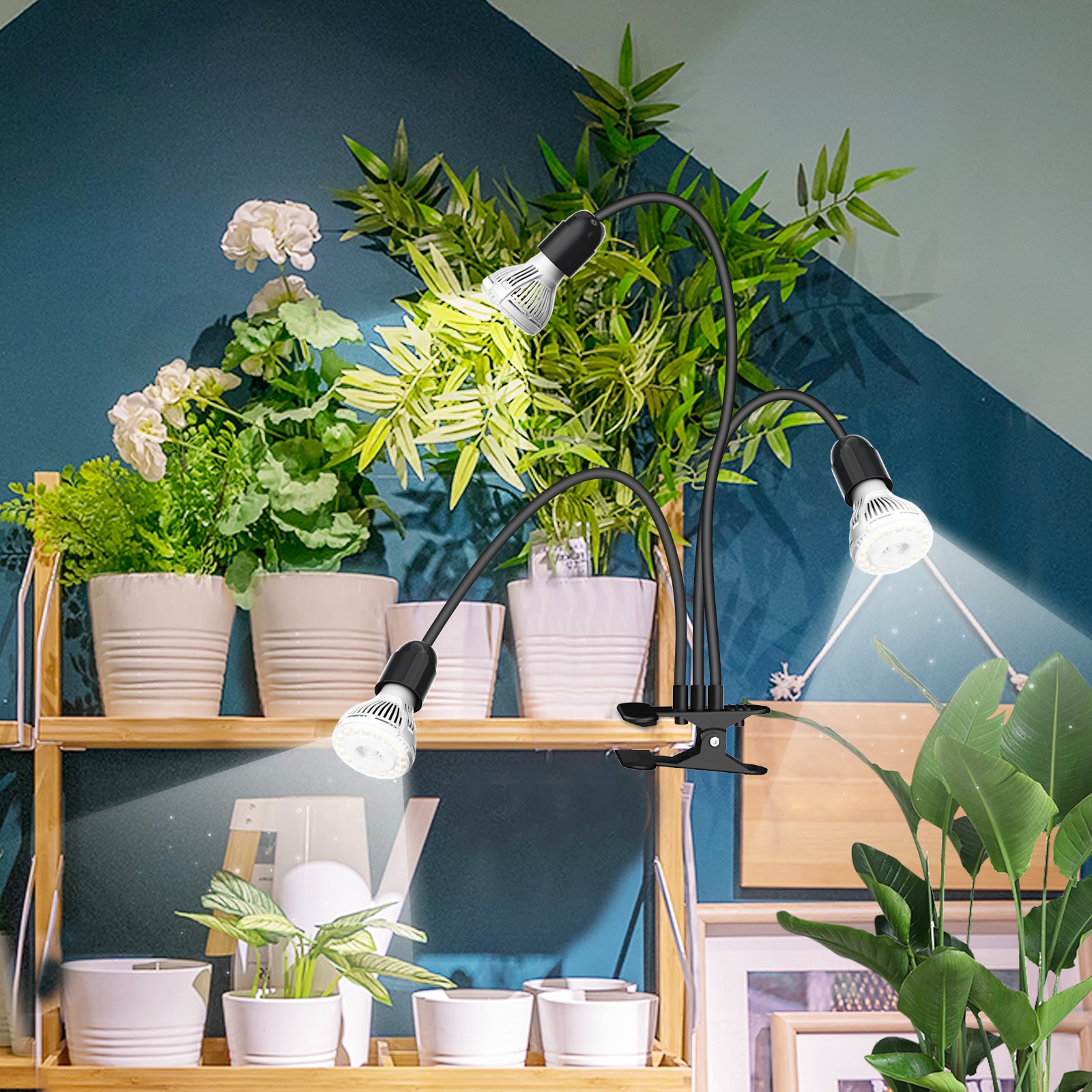Dragon Fruit, also known as Pitaya. Originally from central America and has been cultivated for centuries this desert plant has a peculiar look, unusual plant family and tones of hidden health benefits. In recent years consumption of Pitaya has been on the rise due to their unique look, high vitamin content and added health benefits. With the consumption up and the demand for healthier homegrown fruit, let’s take a look at how you can grow your own dragon fruit optimally indoors!
What is Pitaya?
Pitaya itself is one of the most attention-grabbing fruits you can buy with its outer pink skin and green leaves. They come from the cactus family and do very well in dry sunny environments to grow.

Health benefits of Pitaya
There are many nutritional and benefits to consuming pitaya.
|
Per 100g Nutritional info |
Calories |
Protein |
Carbs |
Fat |
Fiber |
Vit C |
Iron |
Magnesium |
|
100g |
60Cals |
1.3g |
13g |
0g |
3g |
3% |
4% |
10% |
As you can see from 100g of Pitaya the nutritional value is high, containing immune boosting vitamins and low calories. It is one of the best low-calorie fruits and especially snacks you could input into your diet. Along with 3g of fiber it may be more satiating than other fruits available, with a higher fiber diet, you will feel less hungry throughout the day and this is key for people who are trying to lose weight or attain to a diet.

How to Grow Dragon Fruit Indoors
Where to start from depends on your commitment an investment time. From a seedling is incredibly long and for hobbyists may not be worth your time, as from a seedling it can be up to 6 years from seedling to fruiting. Most indoor growers are looking for faster grows and yields. If you’re the type of grower who wants to get a quick yield for eating, growing from a cutting or from a young fruit plant is the best option.
Growing From a Plant
When growing from a developed plant you may be skipping a couple of stages; such as germination of seeds, hardening them off etc. As most of us will be growing from plants we can look immediately at what pots to get, soil to use, watering and lighting requirements.

Type of Pot For Dragon Fruit
Dragon Fruit are cacti, meaning they need dry soil and a good drainage system. If they’re sat in water they will die. So, look for a deep to with good drainage in order to protect your dragon fruit long-term. As we are most likely growing from a mature plant we are going to need bigger pots. 20-24 inches, holding between 25-35 gallons. This is because Dragon fruit plants are big and are vulnerable to water damage.

Soil
When it comes Dragon Fruit it is one of the few cacti plants that does not flourish in cacti soil. As it fruits and needs flavor and color, Pitaya requires an acidic nutrient filled soil. The best type of soil would be sand as it will help drain the water out. As well as a PH level between 6-7 and a high nutrient soil content. High nutrient soil being filled with organic matter bark, bone meal etc.

How Much Light Does Dragon Fruit Need?
Dragon fruit are high light plants and do require 6-8 hours of light each day. In southern provinces of China and in Vietnam outdoor farmers are now also using supplemental LED lighting to increase the plant’s light exposure during days of lower sunlight. As they are a plant that requires high intensity light at relatively long periods over their leaves, a supplemental light is a good option.

Growing Dragon Fruit Indoors
Indoor Dragon Fruit will need a strong sunlight beam. This means full spectrum at relatively high watts depending on the number of plants you are trying to grow. Using a full spectrum beam will encourage the fruit to blossom properly and the plant to develop well. A full spectrum sunlight beam would be most optimal for these plants. Due to the fact that they are from sunny areas and do very well off intense light for 6-8 hours a day. When it comes to lighting the plants you can begin with having the light around 30 inches away from the plant and gradually reduce the distance as weeks go on. For a full mature plant maybe 2 60W indoor grow lights should produce the light and the cover they need. However, if you plant has come out of shade directly into intense light, you may need to keep an eye on the plant as Dragon Fruit can suffer from sunburn if they have recently come out of shade.
What is the Best Indoor Grow Light?
SANSI’s 60W indoor grow light seems like the most optimal choice for growing fruit indoors. Why? Their adjustable wings and full spectrum beam allow them to cover indoor fruits with natural sunlight. The adjustable wings allow the lights to work around your indoor environment while still providing your plant with optimal light.
SANSI Technology

The use of ceramic technology is a SANSI patent, meaning no other LED lights on the market cool their operating system like SANSI does. SANSI uses the combination of passive cooling from the ceramic heat sinks in order to dissipate the heat away from the LED chips with no internal fans. The hollow back to the light allows for active air convection to work in unison with the heat sinks in moving the heat away from the light’s main body. Heat is the number one issue in reducing LED light’s lifespans, if this is mitigated the light is more effective and efficient.
If you’re looking for a cost-effective light SANSI’s foldable wing light is one of the best indoor grow lights on the market. It is customizable, compact smart and effective in recreating plant’s natural habitats. If you want a high yield with an overall lower investment cost, give these indoor wing lights a try:
https://sansi-lighting.myshopify.com/products/60w-led-grow-light-folding-wings-with-hook





Leave a comment
All comments are moderated before being published.
This site is protected by hCaptcha and the hCaptcha Privacy Policy and Terms of Service apply.